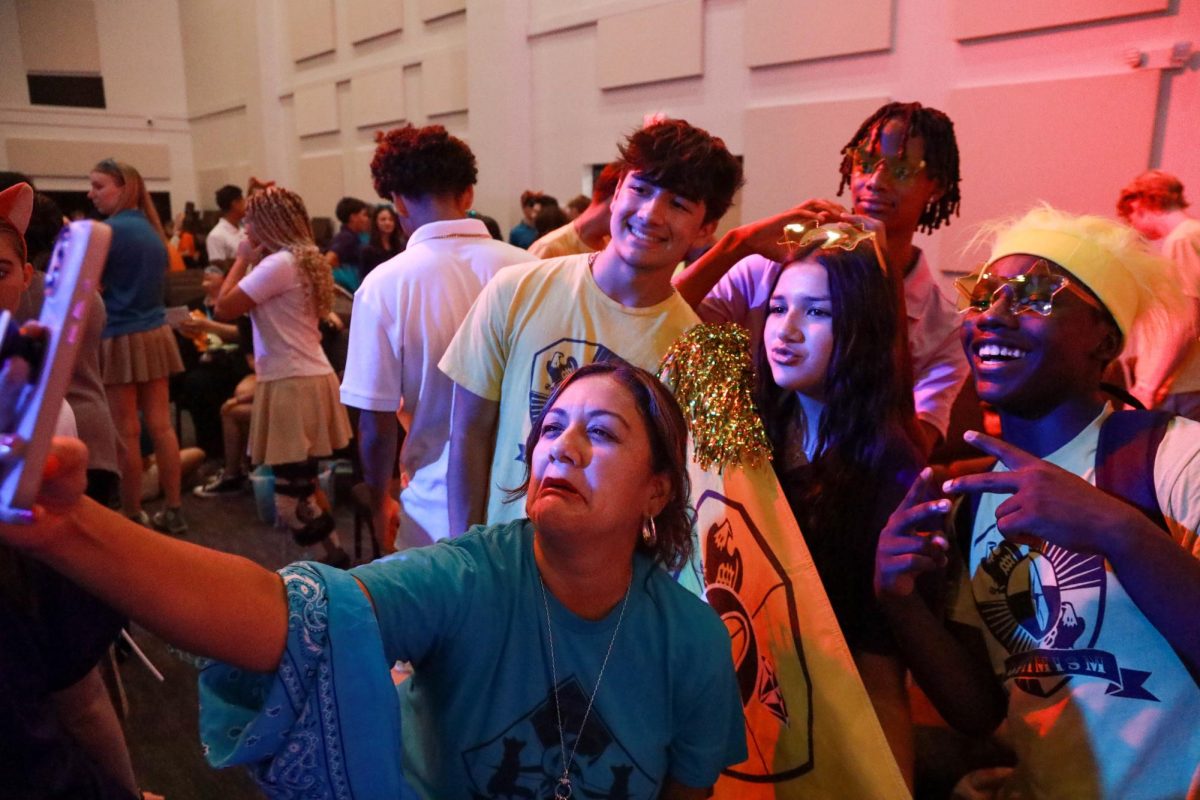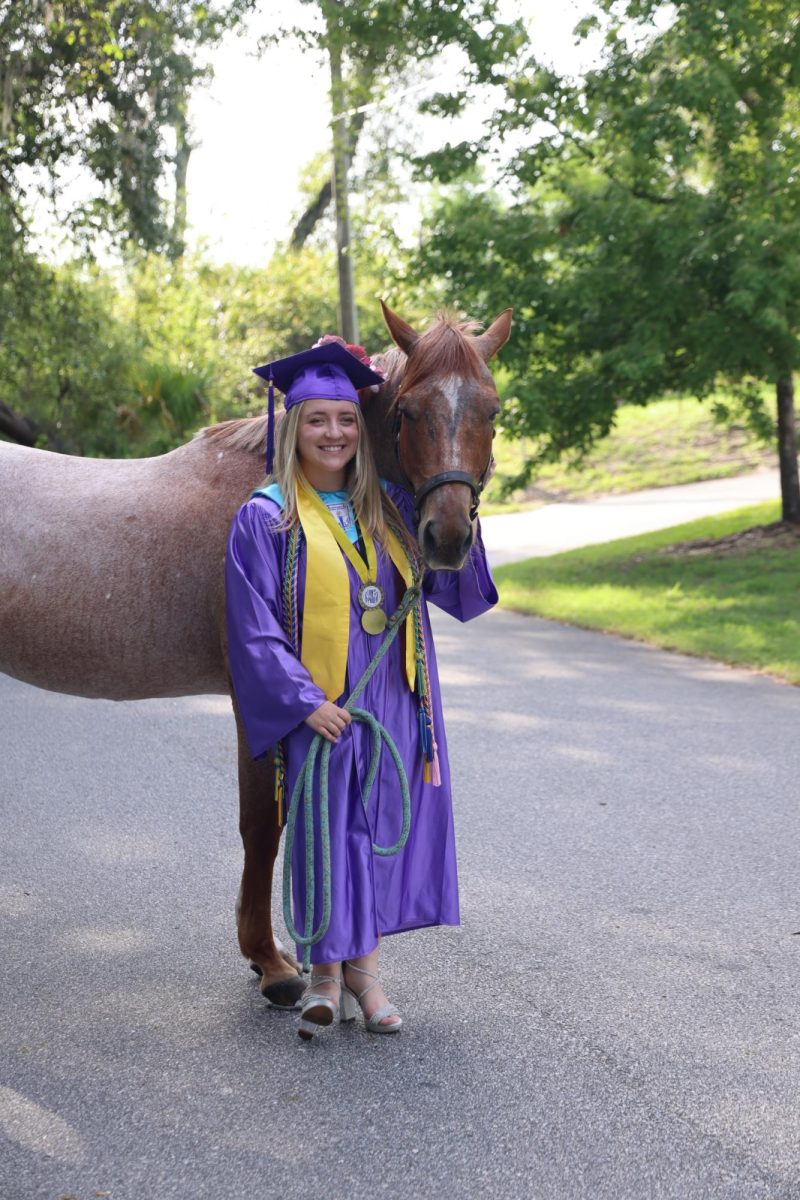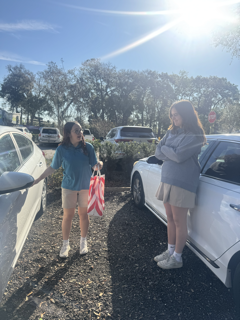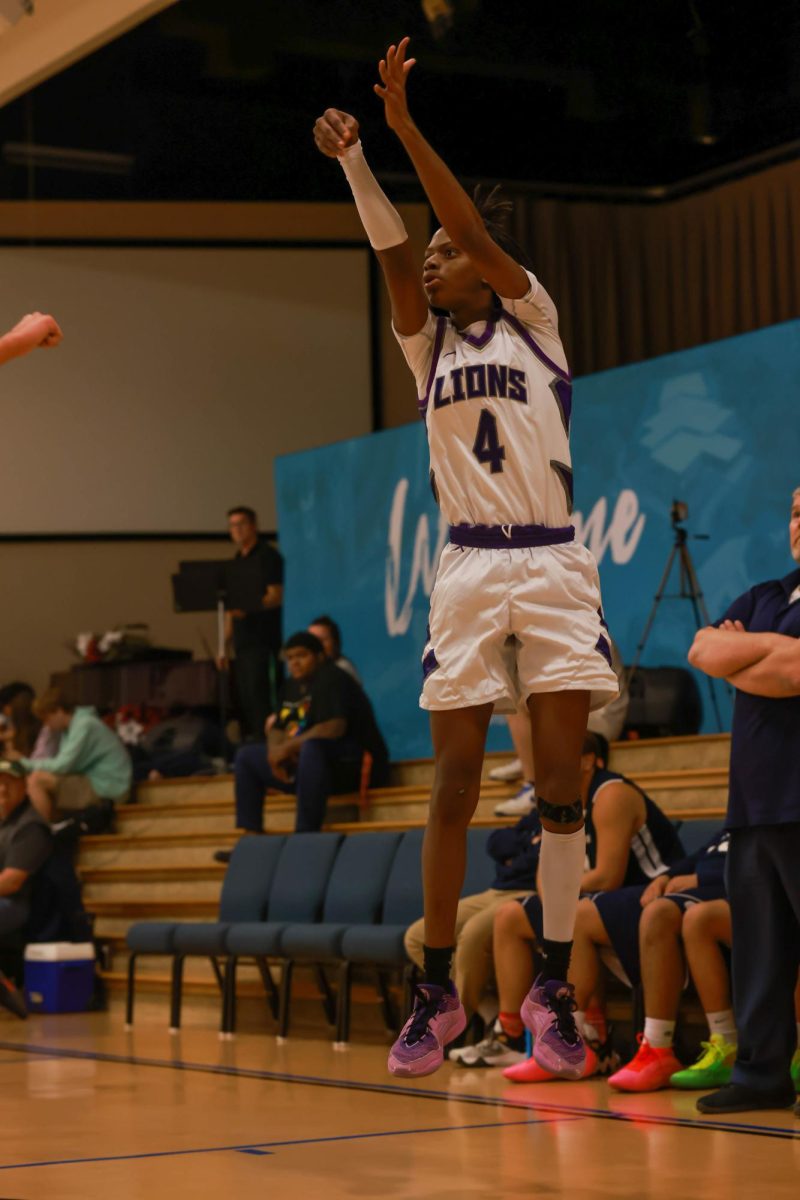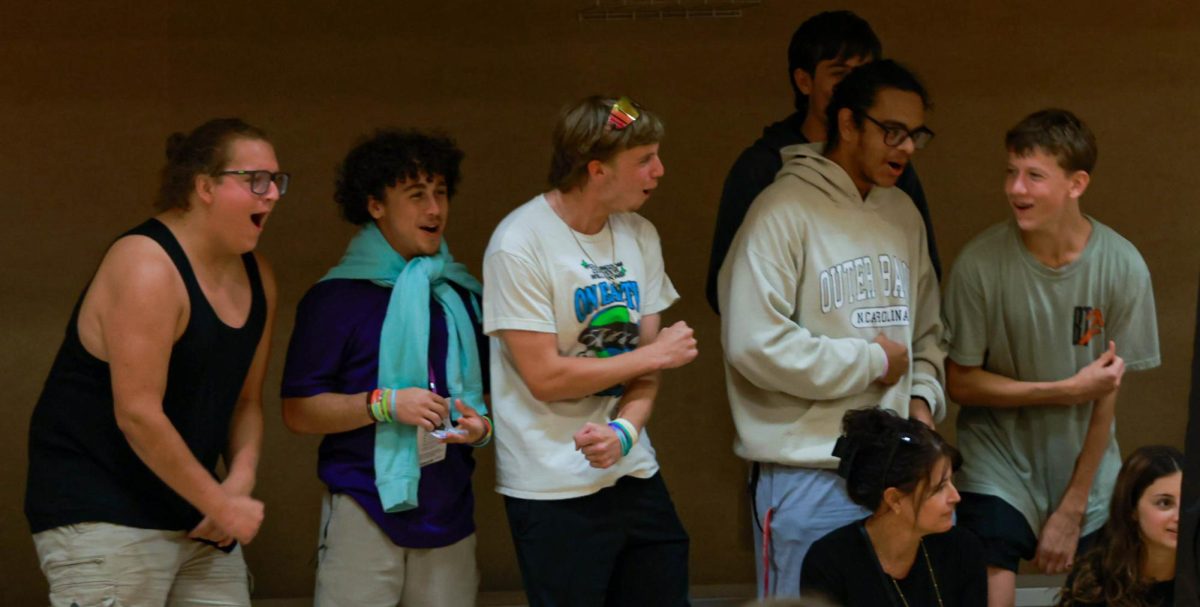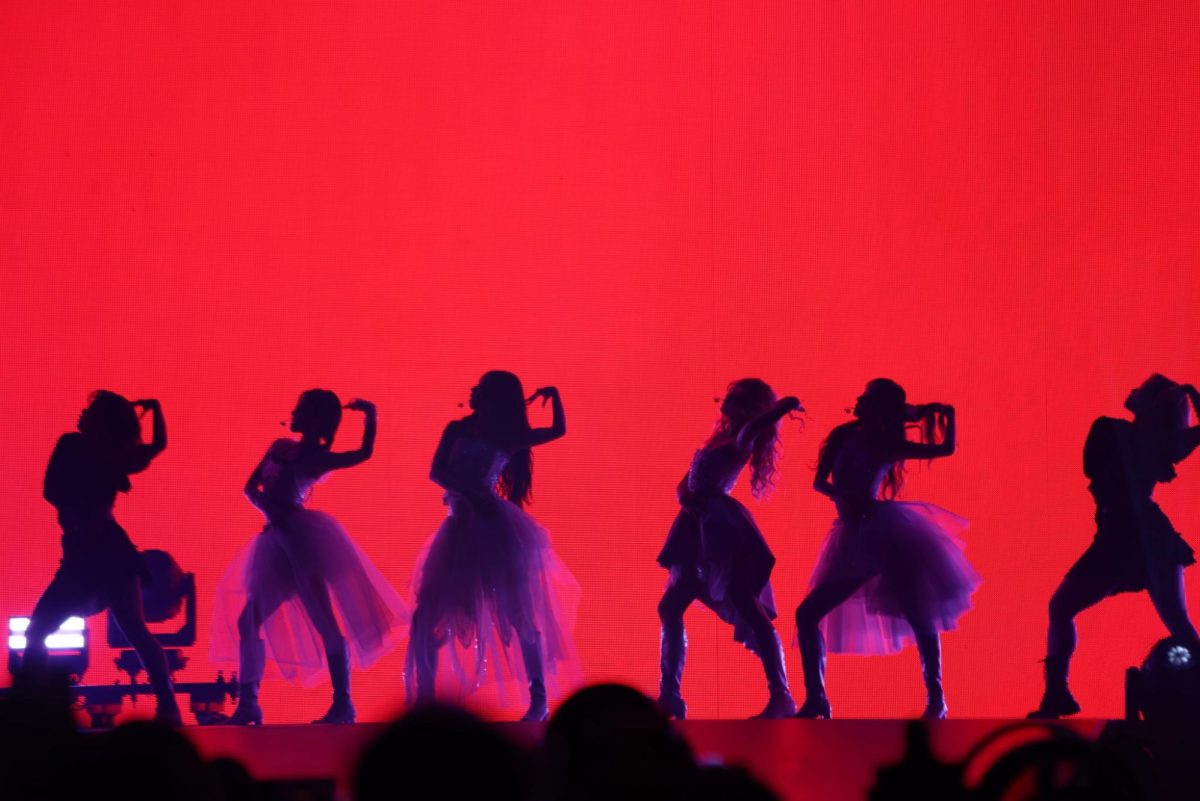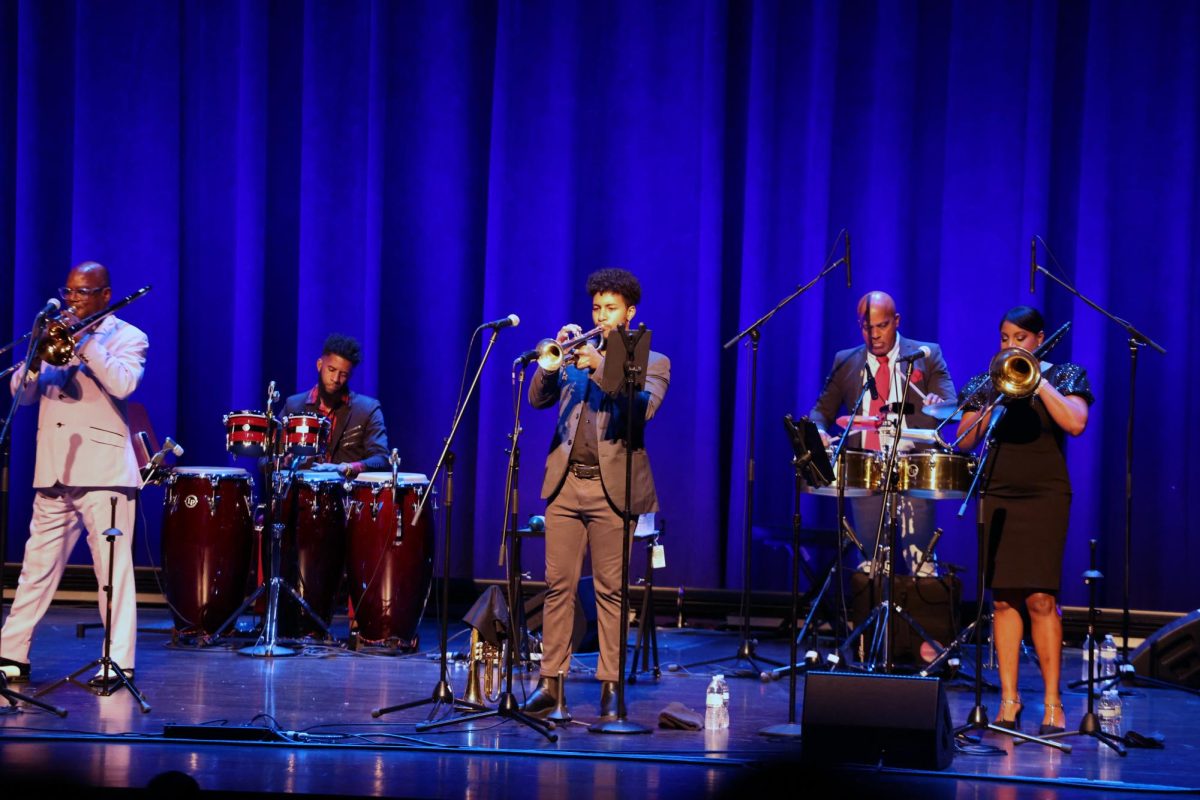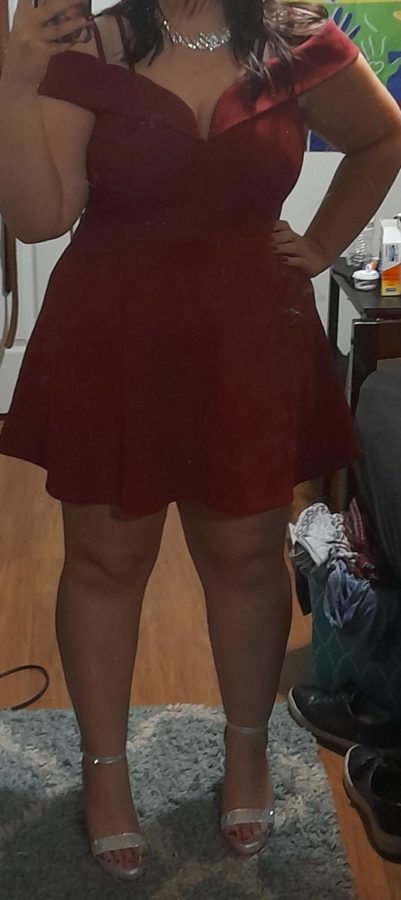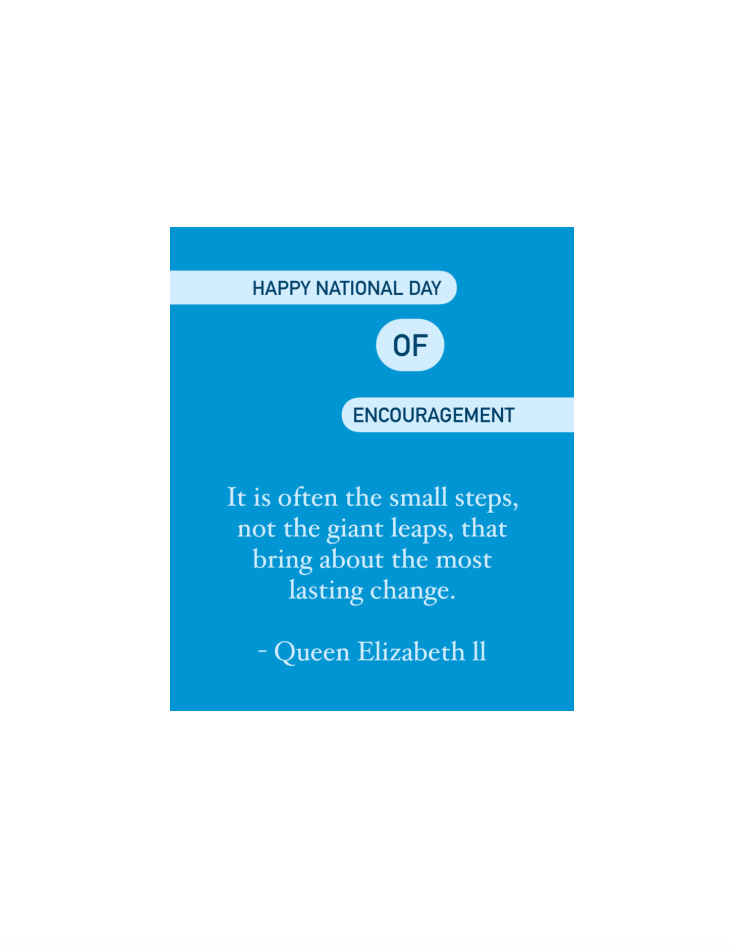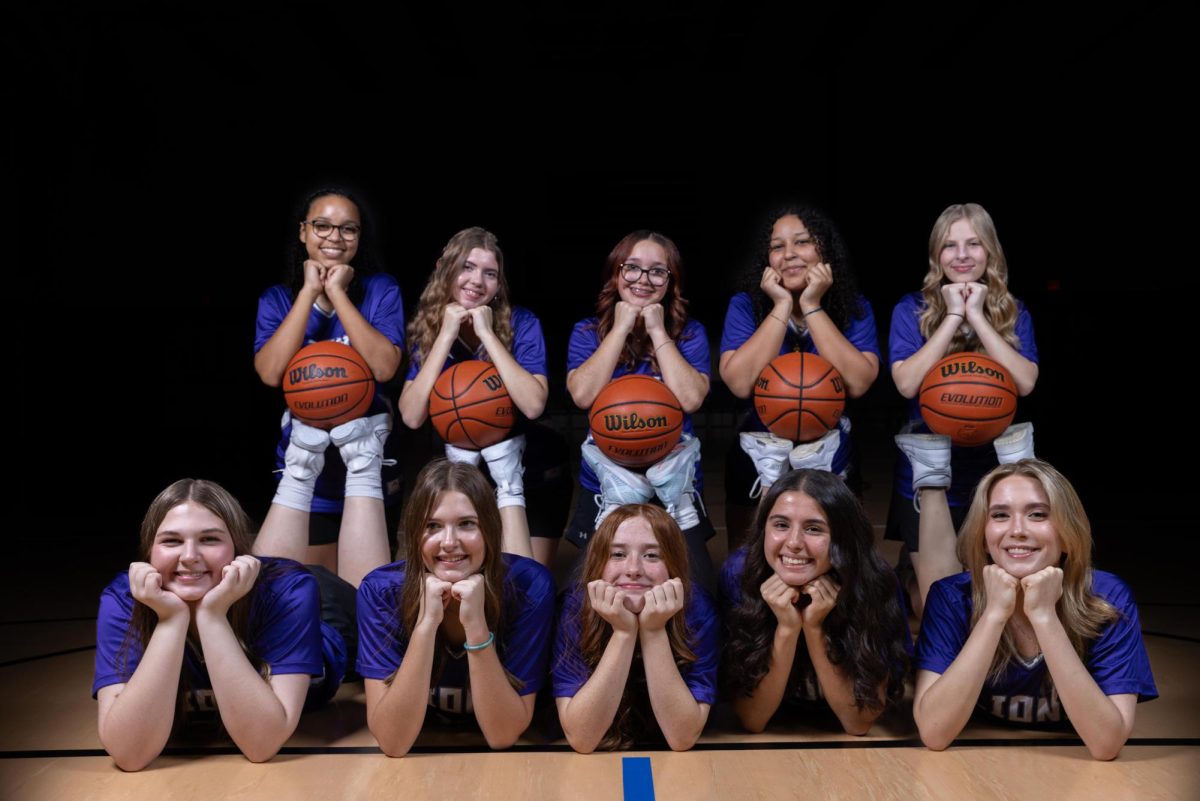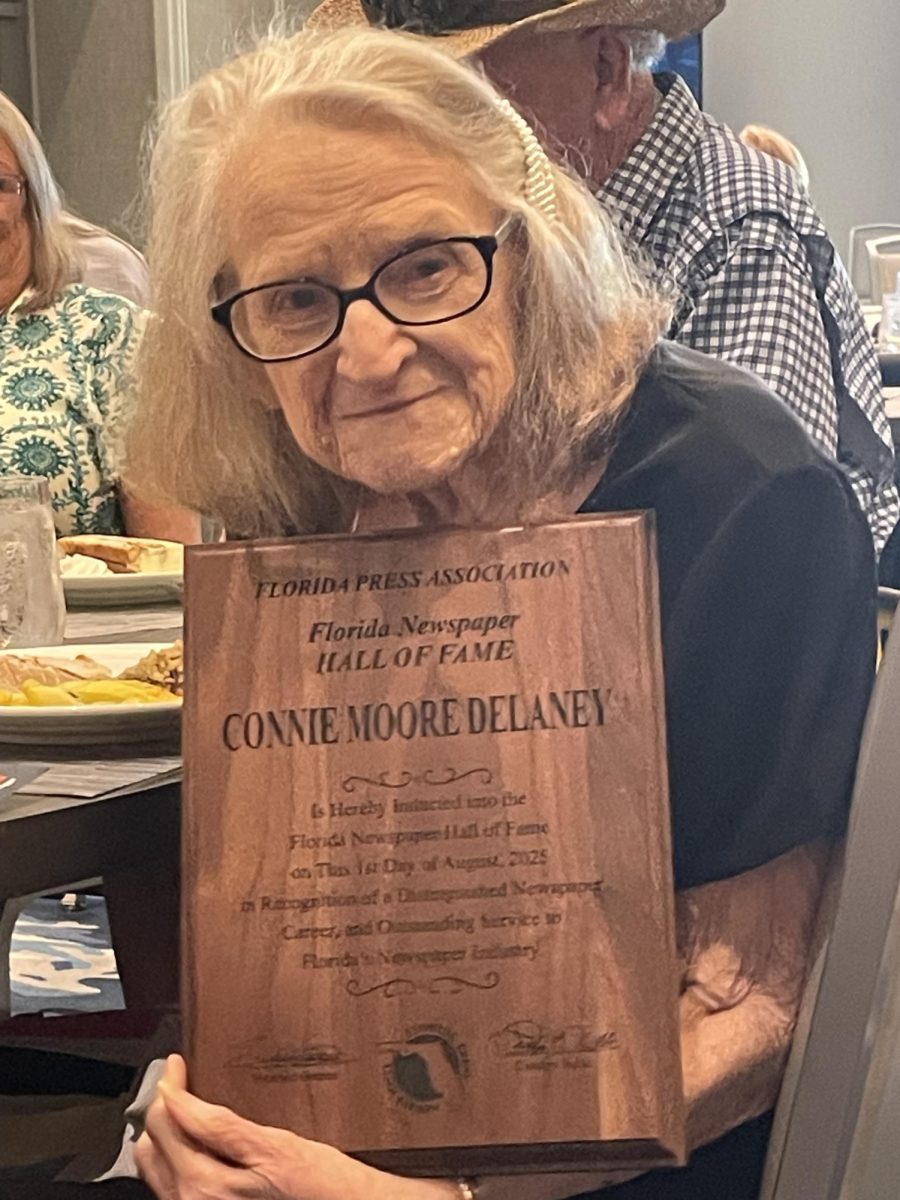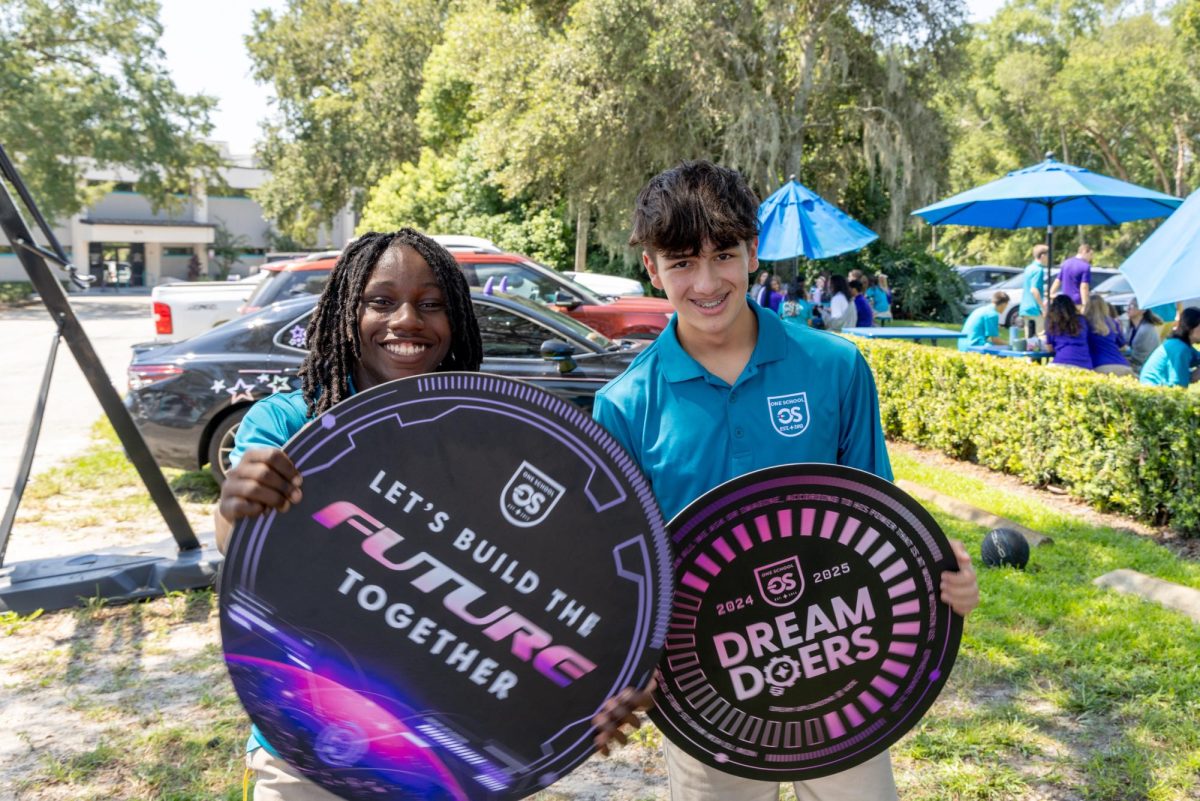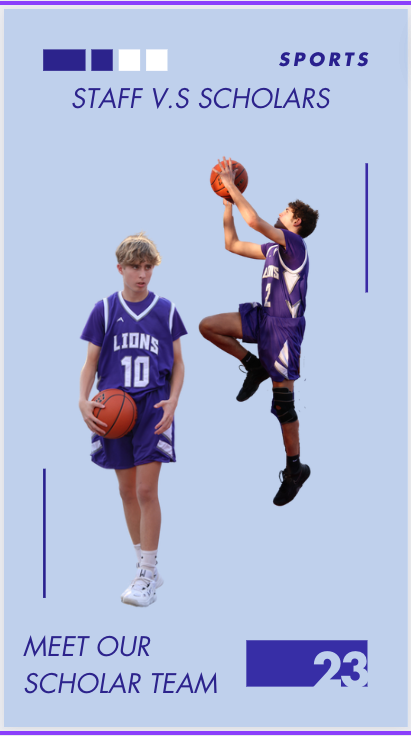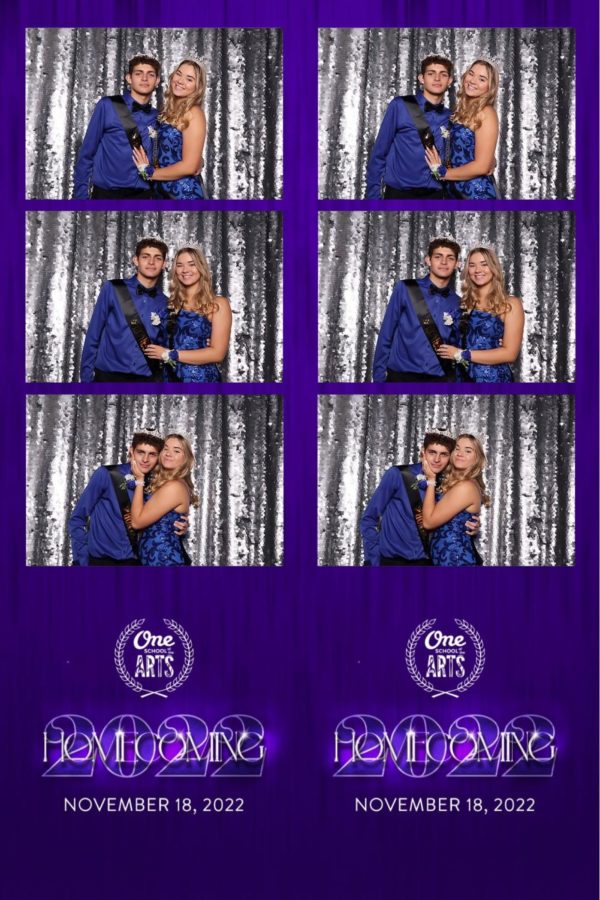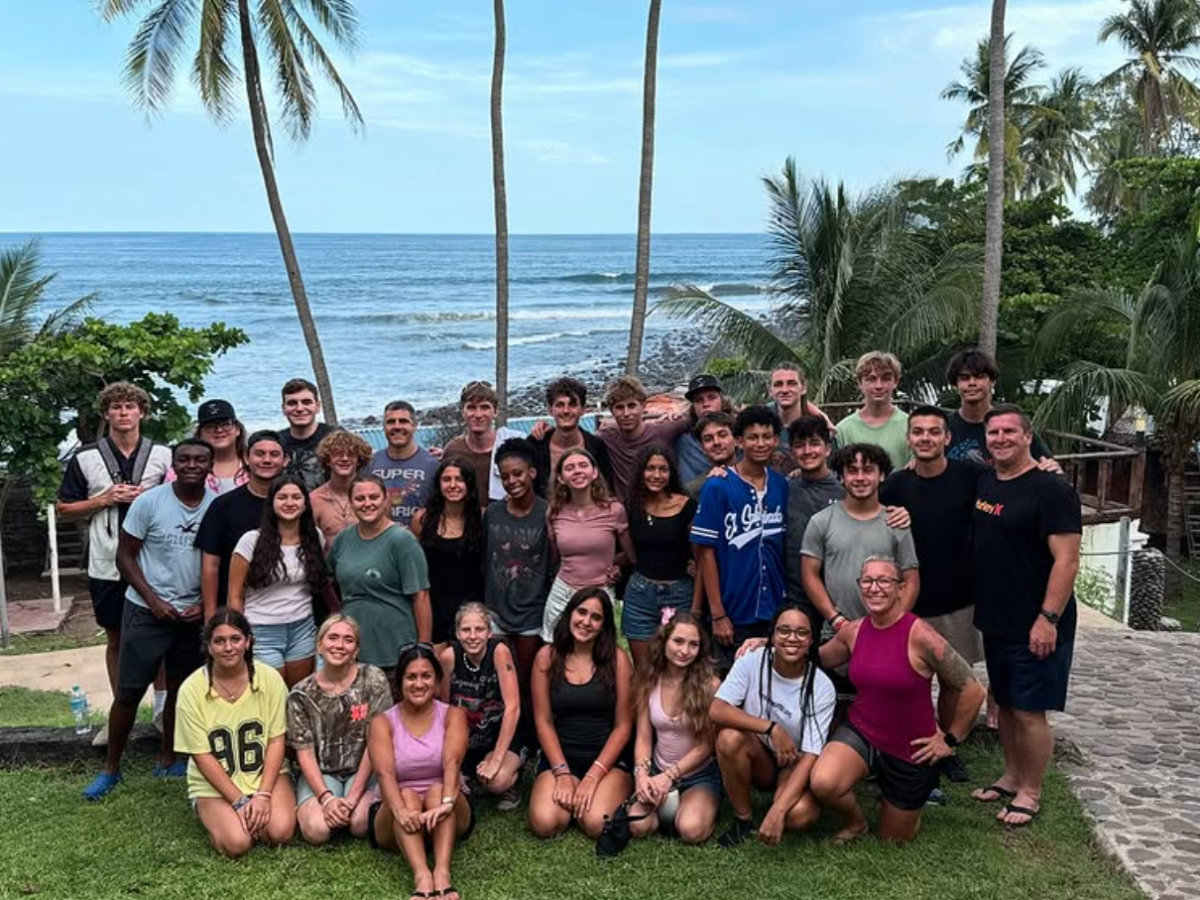Real or Fake? How to Spot Manipulative Media
An exterior photo of Comet Pizza, the so called ‘axis’ of the pizza gate conspiracy theories.
March 8, 2023
In this modern age of perpetual communication, fostered by the invention of social media and the internet, we are exposed to vast amounts of information and data from billions of unknown and unverified sources. One of the most important skills one can foster is discernment – the ability to distinguish fact from fiction. As time marches forward, we find ourselves increasingly confronted with socio-political disasters caused by misinformation, such as the 2016 “Pizzagate” incident.
“Pizzagate” began when a Jewish white supremacist posted an unfounded rumor on Twitter from the account @DavidGoldbergNY, falsely claiming that “Rumors [were] stirring in the NYPD that Huma’s emails point to a pedophilia ring and @HillaryClinton is at the center.” This single post caught on like wildfire and became popularized in mainstream, right-aligned social media channels, where theories evolved further. Using the leaked Hillary Clinton emails as “evidence,” individuals went so far as to claim that references to “cheese pizza” were code for human trafficking. The posts referenced are too obscene to publish, but can be found in the New York Times article “Dissecting the ‘#PizzaGate Conspiracy Theories.'”
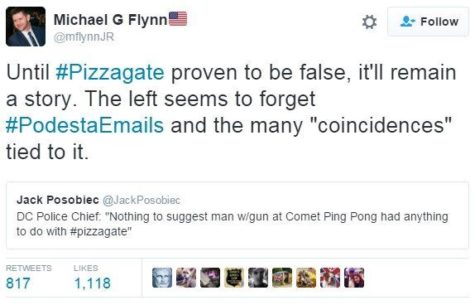
A conspiracy post made by a ‘pizza gate’ supporter furthering the false narrative of a democrat controlled trafficking cable.
This spiraling train of thought culminated in tragedy. In a statement released by the United States Department of Justice, “According to the government’s evidence, on Sunday, December 4, 2016, [Edgar Maddison] Welch transported three loaded firearms, together with ammunition, from North Carolina to Washington, D.C. The firearms included a 9mm AR-15 assault rifle loaded with approximately 29 rounds of ammunition, a fully-loaded, six-shot, .38-caliber revolver, and a loaded shotgun with additional shotgun shells. He drove directly to the Comet Ping Pong restaurant, in the 5000 block of Connecticut Avenue NW. According to the government’s evidence, Welch was motivated, at least in part, by unfounded rumors concerning a child sex-trafficking ring that supposedly was being perpetrated at the establishment.” Radicalized by this false conspiracy theory, Mr. Welch threatened the lives of innocent employees and patrons of Comet Ping Pong, the supposed center of a Democrat-run trafficking cable in far-right conspiracies. This illustrates the danger of not being able to discern fact from fiction.
To protect yourself from these conspiracies and false reports, it is paramount that you make yourself aware of the tricks and strategies fake news perpetrators use to persuade you into believing their theory. Here are the three steps that I myself take as a journalist to protect myself against false narratives.
The first step in this test is to consider the sources of information the article or claim you are consuming. Anyone can make up anything, especially on the internet where one can make outlandish claims on a public forum, such as reddit, with almost no accountability for their actions. A credible outlet would make references and link to their sources, making them available to their readers so that they may see the material firsthand. As a rule of thumb, if no sources are named or linked in the article, ignore it and treat it as an opinion, if sources are linked follow them, look to see if it is the primary source of the information. Say, if the article was covering a product recall, a valid source would be the company website announcing it, not some form or blog posting. Sources with Url’s that come from credible institutions that end in: edu, org, and gov, are also particularly credible sources.
Furthermore, it is paramount that, as you verify sources, you ensure that the sources add sustenance to the argument being made. It is common among fringe news organizations to use seemingly official sources, and even provide links to persuade you. Although the sources themselves are credible, when they are used out of context they can defraud their users of credibility. In an anecdotal article, ‘How To Spot Fake News’, Fact Check verifiers Eugene Kelly and Lori Robenson share their process in determining whether or not news is credible, “Many times these bogus stories will cite official — or official-sounding — sources, but once you look into it, the source doesn’t back up the claim. For instance, the Boston Tribune site wrongly claimed that President Obama’s mother-in-law was going to get a lifetime government pension for having babysat her granddaughters in the White House, citing “the Civil Service Retirement Act” and providing a link. But the link to a government benefits website doesn’t support the claim at all.”
Lastly, I check my own biases and assess how it influences what I read and how I react to it. Say I had a negative predisposition towards a political candidate and I find myself scrolling past an outlandish conspiracy about them, confirmation bias would lead me into accepting this theory as fact because my biases want it to be right. When it comes to weighing objective information, it is important that we also remain unbiased in our thinking and consider our own beliefs.


